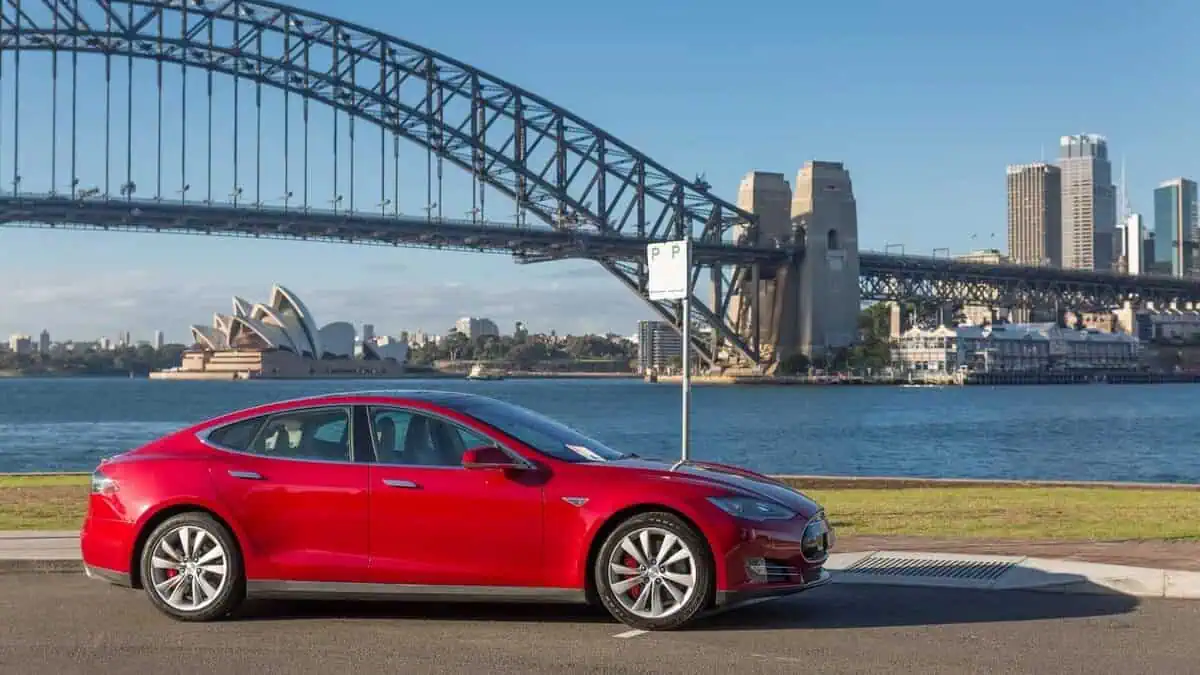In 2022, Australia’s electric power surpassed manual transmissions in sales of passenger cars and SUVs three years after the US.
Last year, sales of electric SUVs and passenger cars surpassed those with manual transmissions for the first time.
Fourteen thousand two hundred eighty-seven (14,287) passenger cars and SUVs with manual transmissions were sold last year, compared to 33,357 with electric power, according to information provided to Drive by the Federal Chamber of Automotive (FCAI), an industry organization.
94% increase in EV sales
The retail result coincides with a 94% increase in sales of electric vehicles among all vehicle types (cars, SUVs, utes, and vans) in 2022 compared to 2021, as well as a continued decline in the prominence of manual vehicles.
In 2021, manual-transmission cars and SUVs just edged out electric passenger cars and SUVs by about 400 units, with 17,653 sold versus 17,198 electric passenger cars and SUVs.
Moreover, when utes and vans (light commercial vehicles) are added to the data, manual transmissions are more popular than electric power.
In the passenger car, SUV, and light commercial vehicle segments, 48,922 examples were sold with a manual transmission – 70%, or 34,635 utes and vans – compared to 33,410 electric vehicles.
Only 53 electric light commercial vehicles were sold last year, owing to the limited availability of electric vans and one electric ute (which went on sale in November), which control significant price premium costs over regular diesel versions.
As previously reported, electric vehicle sales in Australia are rapidly increasing, with 33,410 units sold in 2022. That figure represents a 94% increase over 2021 sales, which was a 232% increase over 2020 figures.
Whereas sales of manual transmission passenger cars and SUVs have fallen 93% in two decades, from 193,482 in 2002 to 14,287 in 2022.
The decline in the popularity of manual transmissions has been ramped up by the availability of fewer vehicles with three pedals.
Toyota Yaris and Corolla hatchbacks, Volkswagen Golf GTI and R hot hatchbacks, Toyota RAV4 and Mazda CX-5 SUVs, Ford Ranger ute, and most Porsche 911 sports cars have dropped the option of manual transmissions in the last five years.
Manual ‘price leader’ vehicles
However, manual transmissions are still available in various vehicles, including ‘price leader’ models designed to entice buyers into showrooms with a low entry price, sports cars and heavy-duty four-wheel-drives for enthusiast consumers, and base-model 4×2 work utes where manuals are still relatively popular.
Manual transmission sales are falling, and electric car sales are rising.
Some automakers are attempting to combine the two concepts to produce high-performance EVs that deliver the manual transmission experience of a petrol car.
Toyota’s luxury division Lexus is working on technology that will integrate a manual gearbox into an electric vehicle, complete with an actual clutch pedal and shifter, an artificial rev counter, and intelligent software to make the electric motor rev like an engine.
While the Lexus system depends on an operating system to deliver the manual transmission experience – similar to a computer game – US automakers Jeep and Ford have revealed concept vehicles that incorporate a physical manual gearbox into electric motors.






